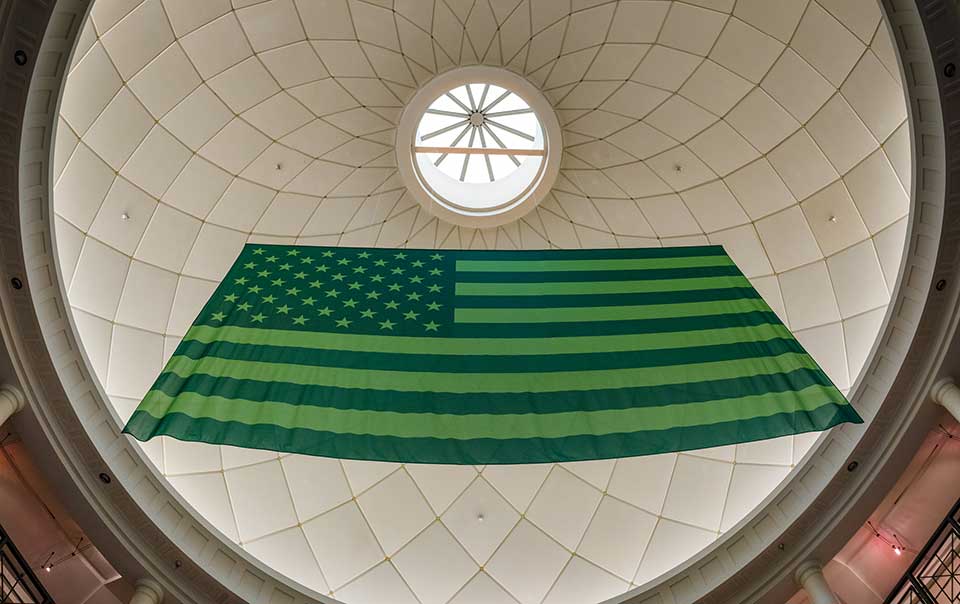
As Franz Kafka was writing Amerika, his only attempt at a novel, he became determined to have the main character Karl end up in Oklahoma. Since Kafka had never actually visited the country, his inspiration for Karl’s fate was drawn upon a photo in an early 20th-century book about the United States written by Hungarian travel writer Arthur Holitscher. That photo? An image of a lynched Black man in Tulsa, Oklahoma. It tragically and accurately depicted the sometimes heartless heartland of America. Whatever intentions he had in choosing Oklahoma, Kafka, in his own delirious way, pointed toward the unnerving idea of a future built upon a tattered past.
You have reached your article limit
Sign up for a digital subscription and continue reading all new issues, plus our entire archives, for just $1.50/month.
Already a subscriber? Sign in




